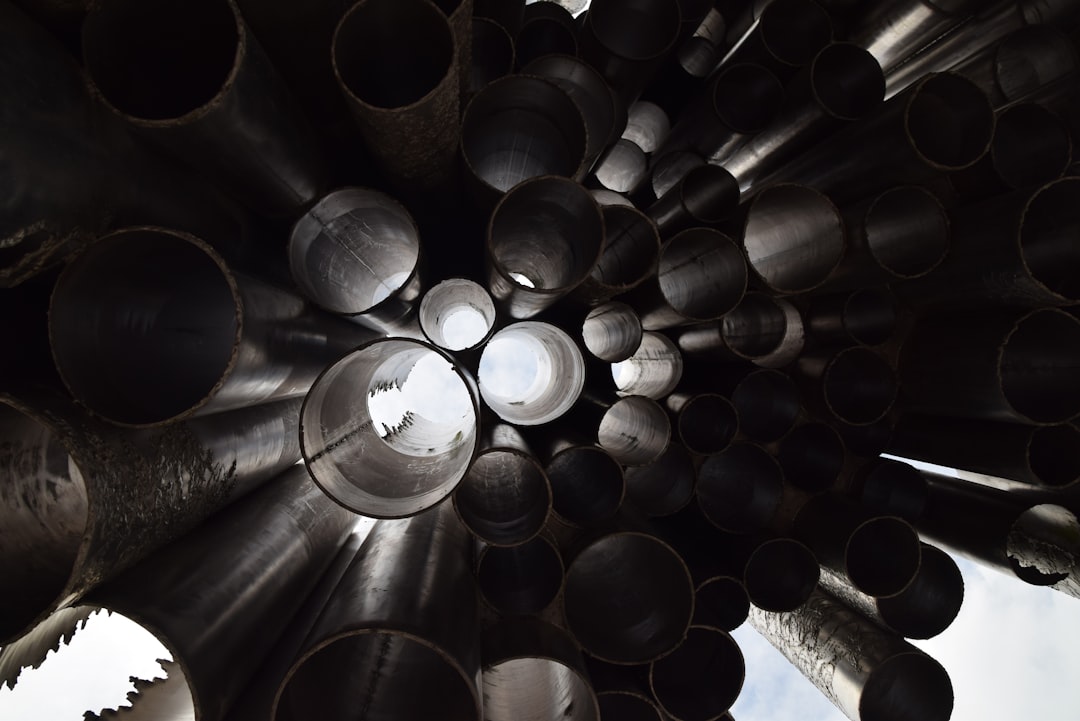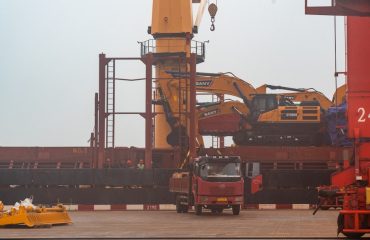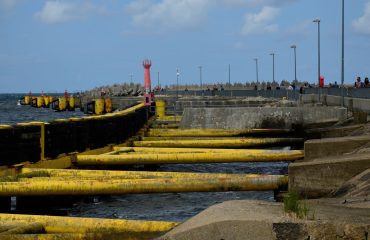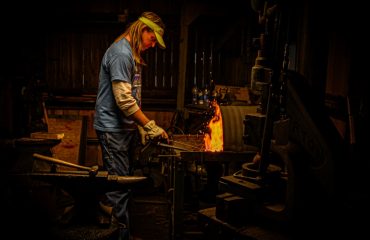API 5L is a globally recognized standard specifying the requirements for line pipe used in the oil and gas industry. Understanding this standard is crucial for ensuring the safety, reliability, and longevity of pipelines transporting hydrocarbons. This comprehensive guide delves into the key aspects of API 5L, providing a detailed explanation for engineers, contractors, and anyone involved in the pipeline industry.
Understanding API 5L Specifications and Grades
API 5L covers seamless and welded line pipes intended for high-pressure applications. The specification details various aspects including material requirements, dimensions, tolerances, testing procedures, and marking requirements. Crucially, it categorizes pipes into different grades based on their strength, toughness, and weldability. These grades, indicated by letters and numbers (e.g., X42, X52, X65, X70, L415, L485, etc.), represent the minimum specified yield strength of the pipe in thousands of pounds per square inch (ksi). Higher numbers indicate greater strength. The ‘X’ designation denotes higher-strength line pipe suitable for more demanding applications, often requiring higher-quality steel and more stringent manufacturing processes. The ‘L’ designation typically represents lower strength grades. The API 5L standard also specifies different product specifications levels (PSL) – PSL1 and PSL2. PSL2 generally has more stringent requirements than PSL1.
The Significance of Product Specification Levels (PSL) in API 5L
API 5L defines two main Product Specification Levels (PSLs): PSL1 and PSL2. These levels dictate the extent of testing and the required minimum properties of the pipe. PSL2 represents a higher level of quality and performance than PSL1, demanding more rigorous testing and stricter adherence to material properties. The choice between PSL1 and PSL2 depends on the specific application and the associated risk tolerance. High-pressure, critical applications generally mandate PSL2 pipes to ensure maximum safety and reliability. The selection of the appropriate PSL is a critical decision in pipeline design and construction.
Essential API 5L Testing and Inspection Procedures
API 5L mandates a comprehensive series of tests to ensure the quality and integrity of the line pipe. These tests cover various aspects, including:
- Chemical Composition Analysis: Ensures the steel meets the required chemical composition for the specified grade.
- Tensile Testing: Determines the yield strength, tensile strength, and elongation of the pipe material.
- Bend Testing: Evaluates the ductility and formability of the pipe.
- Hydrostatic Testing: Verifies the pipe’s ability to withstand internal pressure.
- Flattening Test: Assesses the pipe’s resistance to flattening under compressive forces.
- Non-Destructive Testing (NDT): Techniques like ultrasonic testing (UT) and radiographic testing (RT) are used to detect internal flaws and imperfections.
These tests are critical in guaranteeing the structural integrity and safety of the pipeline system. Failure to meet these specifications can lead to serious consequences, including pipeline failures and environmental damage.
Common Applications of API 5L Line Pipes
API 5L line pipes are the backbone of the oil and gas industry, finding applications in a wide range of projects:
- Crude Oil Transportation: Transporting crude oil from wellheads to refineries.
- Natural Gas Pipelines: Transporting natural gas across long distances.
- Refined Product Pipelines: Moving refined petroleum products, such as gasoline and diesel.
- Water Injection Pipelines: Used in enhanced oil recovery operations.
- Other Industrial Applications: Some specialized applications outside the oil and gas industry may also utilize API 5L pipes.
The specific grade and PSL chosen will depend on the pressure, temperature, and other environmental conditions of the pipeline.
Ensuring API 5L Compliance and Best Practices
Compliance with API 5L is paramount for safety and operational efficiency. This requires meticulous attention to detail throughout the entire pipeline lifecycle, from material selection and manufacturing to installation and maintenance. Regular inspections, thorough documentation, and adherence to industry best practices are essential. Utilizing certified manufacturers and qualified inspectors is crucial in ensuring compliance. Furthermore, keeping up-to-date with the latest revisions of the API 5L standard and relevant industry codes is vital for maintaining safety and operational excellence. Non-compliance can result in significant penalties, safety hazards, and environmental damage.
In conclusion, understanding the API 5L standard is crucial for anyone involved in the design, construction, operation, or maintenance of pipelines. By understanding the specifications, testing procedures, and compliance requirements, the industry can ensure the safe and efficient transportation of hydrocarbons.




